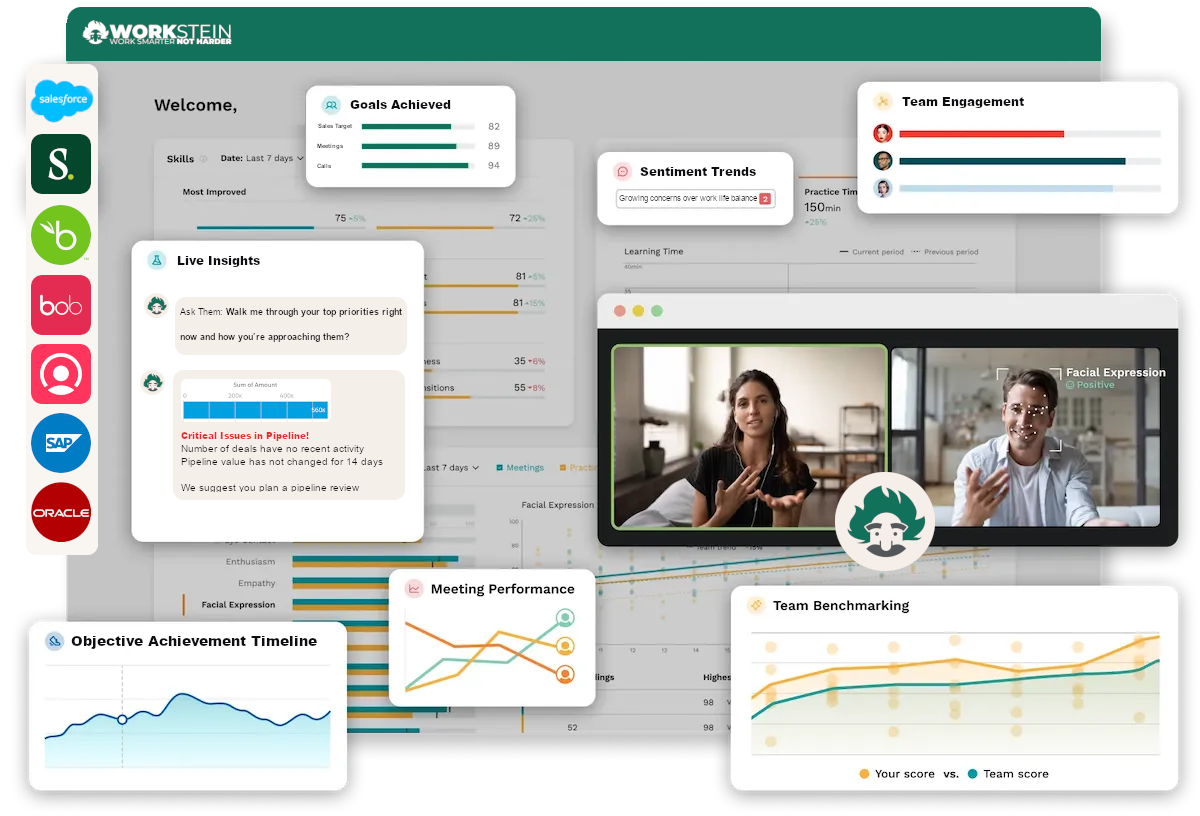Performance reviews are a cornerstone of employee development and organisational success.
Yet, for many businesses, they remain a time-consuming, frustrating process that delivers little value. Managers struggle to track progress, HR teams spend weeks compiling feedback, and employees often feel disengaged from the process.
The good news? Performance reviews don’t have to be a bureaucratic nightmare. With the right approach, they can become a streamlined, data-driven, and fair assessment that enhances employee growth and business performance.
In this article, we’ll explore the key challenges of traditional performance reviews and introduce solutions that modern HR leaders are implementing to make them faster, fairer, and more impactful.
The Problem with Traditional Performance Reviews
Despite their importance, performance reviews often fall short of expectations. Here’s why:
1. They Take Too Long
A survey by Deloitte found that 58% of organisations believe their current performance review process is ineffective. A major factor? The sheer amount of time it takes to collect feedback, conduct meetings, and compile reports.
HR teams spend weeks coordinating reviews, chasing managers for input, and manually compiling evaluation data. Meanwhile, employees are left waiting for feedback that often feels outdated by the time it reaches them.
2. They Lack Consistency and Objectivity
Bias is a major issue in performance assessments. When managers rely on memory or subjective impressions, reviews can become inconsistent, leading to unfair outcomes. Employees performing similar work may receive vastly different evaluations depending on their manager’s perception or personal preferences.
Without structured, data-backed insights, performance reviews become more about opinion than measurable impact.
3. They Fail to Identify Key Trends
Performance reviews should offer valuable insights into team dynamics, engagement levels, and development needs. However, many organisations lack the tools to analyse data across teams and departments effectively.
HR professionals often struggle to track patterns such as declining engagement, skill gaps, or high-potential employees who may need additional development. Without these insights, organisations miss opportunities to optimise performance and retention.
How to Make Performance Reviews Faster, Fairer, and More Effective

1. Automate the Process to Save Time
The days of manual performance reviews are over. By leveraging smart automation, HR teams can eliminate administrative burdens and focus on what truly matters—employee growth.
An integrated performance management system can:
✔ Automatically collect feedback from managers and employees
✔ Schedule and track review cycles
✔ Generate reports with real-time insights
This removes the need for HR to chase managers for updates, ensuring a seamless and structured review process.
2. Use Data to Drive Fair and Objective Reviews
Instead of relying on subjective opinions, modern performance reviews should be driven by quantifiable metrics and real-time insights.
✔ AI-powered analysis can assess feedback across teams, reducing individual bias.
✔ Performance trends over time offer a more accurate picture of an employee’s contributions.
✔ Objective scoring frameworks ensure fair evaluations across departments.
By adopting a structured, data-driven approach, companies can ensure every employee is evaluated on a consistent and transparent basis.
3. Integrate Continuous Feedback & Coaching
Annual performance reviews are often disconnected from employees’ day-to-day work. A more effective approach is to integrate continuous feedback loops, where employees receive regular insights on their performance.
✔ Real-time feedback dashboards help employees understand their strengths and areas for improvement.
✔ AI-powered sentiment analysis ensures managers are aware of employee engagement and morale.
✔ Post-meeting summaries capture coaching points, making it easier to track progress.
This shift from once-a-year assessments to ongoing performance conversations fosters a culture of continuous improvement and engagement.
4. Identify Trends Across Teams and Departments
Organisations need deep workforce insights to make informed HR decisions. Instead of relying on isolated performance reviews, modern analytics tools can aggregate data across teams and departments, allowing HR leaders to:
✔ Spot engagement trends before they impact productivity
✔ Identify skill gaps and training opportunities
✔ Recognise high performers for succession planning
When performance data is centralised and visualised, decision-making becomes smarter and more strategic.
The Future of Performance Reviews Starts Here
Performance reviews don’t have to be a dreaded process. By implementing automation, data-driven insights, continuous feedback, and cross-team analytics, businesses can turn them into a powerful tool for growth and engagement.
If you’re looking for a solution that simplifies performance reviews, enhances objectivity, and delivers real-time insights, it’s time to explore how modern HR technology can help.
🚀 Book a demo today to see how you can revolutionise your performance management process. Book here


